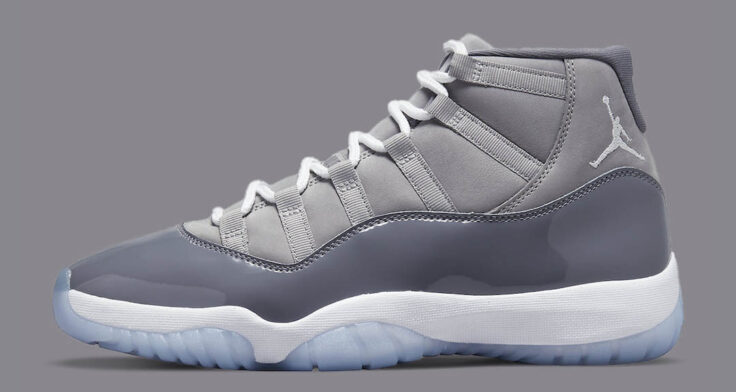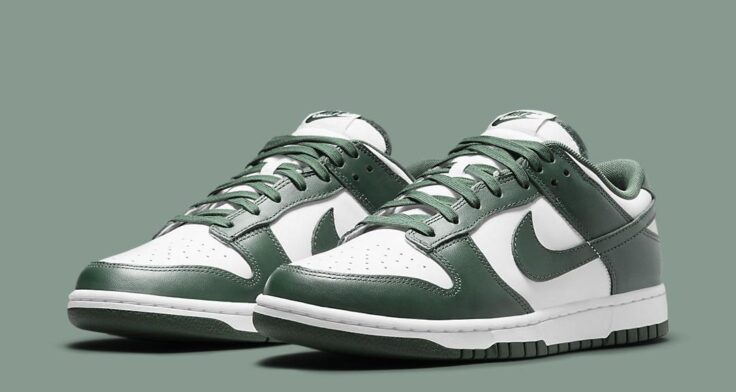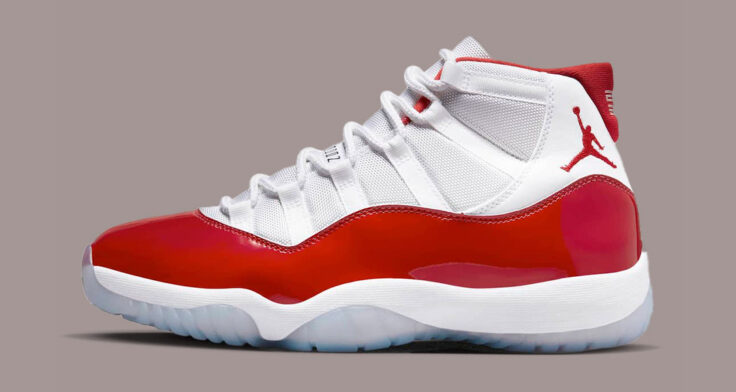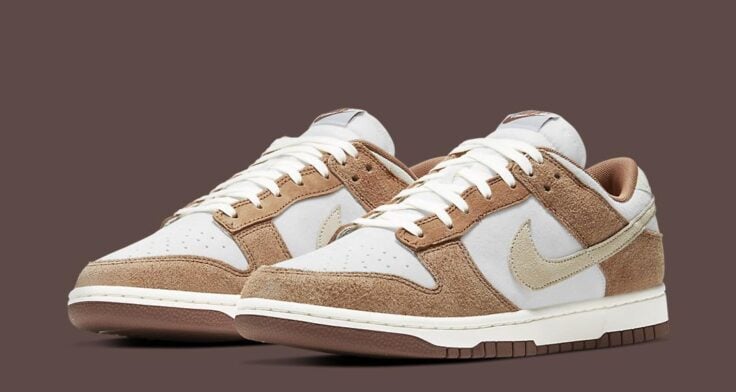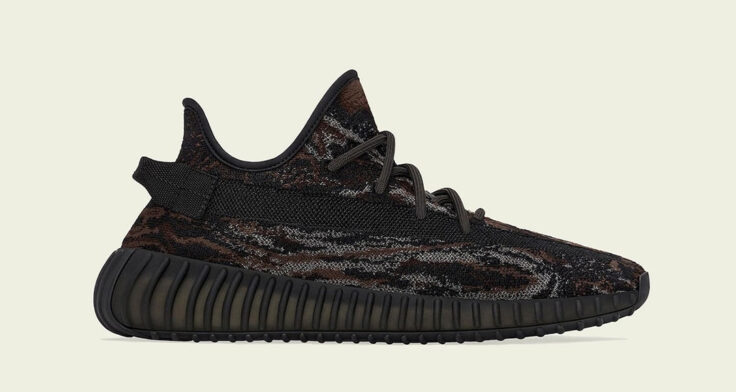Free
Brand: Nike
Run: 2004-Current
Adaptations: Free 3.0, Free 5.0
Notable Models: Nike Free Run series, Nike TW ’13
While the majority of cushioning innovations focused on maximum comfort, Nike Free was just the opposite. Inspired by barefoot running and relying on minimalism, Nike Free offered a light and flexible sole made to move with the natural stride and shape of one’s foot. The hierarchy of cushioning, fatigue, and support were exchanged for a system designed to strengthen the foot as if one weren’t wearing a shoe. Thanks to its lightweight flexibility, Nike Free cushioning has taken off in the casual realm, while remaining performance focused in running and training categories.
IPS
Brand: Jordan
Run: 2005-10
Adaptations: Podulon
Notable Models: Air Jordan XX-XX3, Jordan Icons
After using different iterations of Air for years and sharing innovations with Nike, Jordan Brand introduced Independent Podular Suspension, or IPS, on the Air Jordan XX in 2005. IPS, in many ways, featured DNA from other classic cushioning innovations. The strategic placement of the pods was similar to Tuned Air while its foam structure was almost an encapsulated Shox system. On later Air Jordan models like the XX1 and XX2, podular turned modular when the wearer was given the opportunity to place and substitute a Zoom Air or encapsulated Air unit in the heel of the system.





